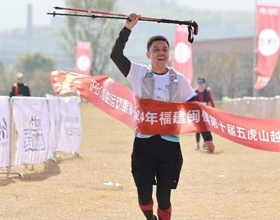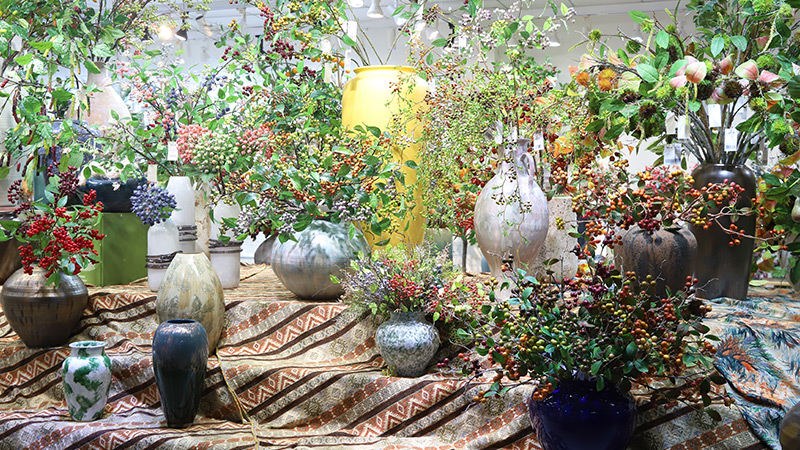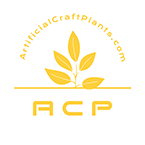Importing artificial plants from China can be a game-changer for your business. But without the right approach, it can turn into a logistical nightmare. Let’s explore the steps, challenges, and strategies to ensure a smooth import process.
Importing artificial plants from China requires understanding market demand, sourcing reliable suppliers, and managing shipping logistics. A well-planned approach can reduce costs and increase profitability.
Step 1: Research the Market and Demand
Before diving into imports, it’s essential to understand the market landscape. Research the demand for artificial plantsin your target market, identify trends, and analyze your competition.
Key Market Factors
- Consumer Preferences: Identify popular styles, colors, and materials in your region.
- Seasonal Demand: Certain products sell better in specific seasons, like festive decorations.
- Competitor Analysis: Study successful businesses importing artificial plants and learn from their strategies.
- Economic Trends: Monitor global trade policies and tariffs that may impact import costs.
- Sustainability Movement: The rise in eco-friendly materials and sustainable artificial plants influences consumer choices.
- Technological Advancements: Innovations in materials and manufacturing impact product quality and pricing.
Step 2: Find Reliable Suppliers
China has thousands of manufacturers producing artificial plants, but finding the right supplier is crucial.
How to Find Suppliers
- Alibaba & Made-in-China: These platforms list verified manufacturers with customer reviews.
- Trade Shows: Events like the Canton Fair showcase top artificial plant manufacturers.
- Sourcing Agents: Hiring a sourcing agent can help you navigate the market efficiently.
- Factory Directories: Use business registries like Global Sources for verified suppliers.
- Referrals: Network with other importers who have experience with reputable suppliers.
- Online Forums & Industry Groups: Engage with industry experts who share recommendations on reliable factories.
Key Supplier Factors
| Criteria | Why It Matters |
|---|---|
| Quality Certifications | Ensures compliance with safety and material standards |
| Production Capacity | Determines the supplier’s ability to fulfill large orders |
| Customization Options | Allows you to create unique designs |
| Pricing & MOQs | Must align with your budget and business model |
| Factory Experience | Long-established factories often produce better quality |
Step 3: Verify Supplier Credentials
Not all suppliers are trustworthy. To avoid scams and low-quality products, conduct thorough verification.
Verification Steps
- Request Product Samples: Evaluate the quality before placing bulk orders.
- Visit the Factory: If possible, conduct a factory visit or hire an inspector.
- Check Business License: Confirm the legitimacy of the supplier’s registration.
- Verify Production Processes: Assess if they use high-quality materials and sustainable practices.
- Customer Testimonials: Seek reviews from other importers who have worked with the supplier.
Step 4: Negotiate Pricing and Payment Terms
Once you find a reliable supplier, negotiate pricing to get the best deal without compromising quality.
Negotiation Tips
- Order in Bulk: Larger orders often get better discounts.
- Compare Multiple Suppliers: Get quotes from different factories before deciding.
- Flexible Payment Terms: Some suppliers offer payment in stages (e.g., 30% upfront, 70% upon delivery).
- Long-Term Partnerships: Establishing a long-term relationship can lead to better pricing and priority production.
- Hidden Costs Awareness: Be mindful of additional fees such as packaging, labeling, or storage.
- Exchange Rate Considerations: Monitor currency fluctuations to get the best value for your purchase.
Step 5: Arrange Shipping and Logistics
Shipping artificial plants from China involves several options, including air freight, sea freight, and express delivery.
Shipping Methods
| Method | Cost | Delivery Time | Best For |
|---|---|---|---|
| Air Freight | High | 5-10 Days | Urgent or small orders |
| Sea Freight | Low | 30-65 Days | Large bulk shipments |
| Express | Very High | 3-7 Days | Sample orders or small urgent deliveries |
| Rail Freight | Medium | 15-25 Days | EU importers seeking cost-effective alternatives |
Customs and Import Duties
- HS Code: Classify your products correctly to calculate import duties.
- Customs Broker: Hire a broker to handle paperwork and clearance.
- Import Taxes: Check your country’s tax regulations to avoid unexpected costs.
- Incoterms Agreement: Understand terms like FOB (Free on Board) or CIF (Cost, Insurance, and Freight).
- Compliance with Local Regulations: Ensure products meet local safety and environmental standards.
Step 6: Quality Inspection Before Shipment
Ensuring product quality before shipment prevents disputes and losses.
Inspection Process
- Pre-Shipment Inspection1: Hire third-party inspectors to check product quality.
- Random Sampling: Inspect a portion of the order before full shipment.
- Confirm Packaging: Ensure proper packing to avoid damage during transit.
- Review Product Consistency: Ensure all units match your agreed specifications.
- On-Site Quality Control: Conduct factory audits to maintain quality standards.
Step 7: Handle After-Sales Support and Reorders
After successfully receiving your first batch, maintaining a good relationship with your supplier ensures smoother future transactions.
Key Actions
- Provide Feedback: Share feedback with your supplier for product improvements.
- Plan Future Orders: Maintain stock levels to avoid supply chain disruptions.
- Evaluate Performance: Regularly assess supplier reliability and quality consistency.
- Diversify Suppliers: Avoid dependency on a single manufacturer by sourcing from multiple reliable suppliers.
- Monitor Customer Demand: Adjust your product selection based on evolving consumer trends.
Step 8: Stay Updated on Regulations and Trade Policies
Import regulations can change, impacting costs and procedures. Stay informed to prevent unexpected issues.
Compliance Checklist
- Check for New Trade Tariffs: Monitor changes in import/export duties.
- Certifications for Local Markets: Ensure compliance with local safety and quality standards.
- Environmental Regulations: Some countries require sustainable materials for imports.
- Anti-Dumping Laws: Be aware of policies that may affect pricing and supply chains.
- E-commerce Regulations: If selling online, ensure compliance with platform policies and tax laws.
What is the market size for artificial flowers?
The artificial flower industry has grown tremendously over the past decade. More businesses and consumers prefer fake plants for their long lifespan, low maintenance, and aesthetic appeal. But just how big is the market?
The global artificial flower market is expected to surpass $3 billion by 2025, driven by increasing demand in home decor, commercial spaces, and event planning.
The market is expanding across various sectors, including interior design, hospitality, and retail. This growth means more opportunities for importers, but also more competition. Let’s dive deeper.
Key Market Drivers
- Home and Office Decor: More people are using artificial plants to enhance indoor spaces.
- Event and Wedding Industry: Large-scale events require reusable and cost-effective floral arrangements.
- Retail and E-commerce: Online sales of artificial flowers are skyrocketing.
Market Size by Region
| Region | Estimated Market Share 2025 |
|---|---|
| North America | 35% |
| Europe | 28% |
| Asia-Pacific | 22% |
| Middle East | 10% |
| Other Regions | 5% |
Artificial flowers are a multi-billion-dollar industry worldwide.True
The growing preference for maintenance-free decor solutions continues to drive strong demand globally.
Artificial flowers are only used for home decoration.False
They are widely used in commercial spaces, weddings, and large-scale events.
Where do fake flowers come from?
China dominates the artificial plant manufacturing industry. Factories in cities like Dongguan, Guangzhou, and Yiwu produce millions of artificial flowers each year. But what makes these regions so special?
Most fake flowers originate from China's major manufacturing hubs, particularly in cities like Dongguan and Yiwu, due to their advanced production techniques and cost efficiency.
Chinese factories have perfected the production process, from mold making to fabric dyeing. The combination of skilled labor, advanced machinery, and competitive pricing makes China the top exporter.
Key Manufacturing Hubs
| City | Specialty |
|---|---|
| Yiwu | Small artificial flowers & wholesale markets |
| Dongguan | High-end artificial plants & custom designs |
| Guangzhou | Large-scale production & exports |
China is the largest exporter of artificial flowers.True
The country’s established supply chain, skilled labor, and competitive pricing make it the global leader in artificial flower production.
Artificial plants from China are always low quality.False
Many Chinese manufacturers produce premium, highly realistic artificial plants with advanced materials and craftsmanship.
Conclusion
Importing artificial plants from China in 2025 is a lucrative opportunity, but understanding the market size2 and origin of fake flowers is crucial. Plan your sourcing strategy carefully to maximize quality and minimize costs.

Hello everyone, I'm Li!By day, I'm a seasoned expert in the artificial plant industry, starting from the factory floor and working my way up to running my own successful business. In my free time, I’m passionate about running and often join trail runs with friends.Here to share what I've learned—let's grow together!






